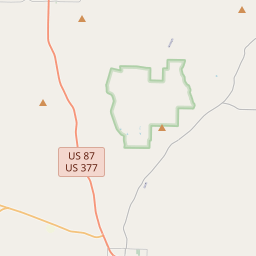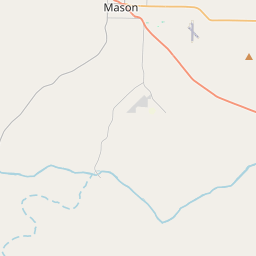The Lindsay House











Tom Lindsay settled in Mason County during the 1860s and was a farmer and cattle raiser north of the town of Mason. About 1899 he and his wife, Fredericka (Durst), moved into town and built this house. It features fine stonework, particularly in the segmental arches over the windows and in the corner quoins. Following her husband's death in 1917, Fredericka Lindsay continued to live here until she died in 1928.
Recorded Texas Historic Landmark - 1984
As one of the most visible programs of the Texas Historical Commission (THC), historical markers commemorate diverse topics in Texas history, including: the history and architecture of houses, commercial and public buildings, religious congregations, and military sites; events that changed the course of local and state history; and individuals who have made lasting contributions to the state, community organizations, and businesses.
The Battle of San Jacinto fought on April 21, 1836, was the decisive battle of the Texas Revolution, and led to the capture of Santa Anna and the end of the conflict.
In 1858, Mason County was officially organized, named after Fort Mason, which had been established nearby in 1851. The town of Mason quickly developed and became a central hub for the surrounding ranches and agricultural activity. The economy was largely based on ranching and farming throughout the 19th century.
However, Mason County is also infamous for the "Mason County War" that occurred between 1875 and 1876. This conflict, primarily fueled by tensions between German settlers and Mexican-American residents, resulted in several violent skirmishes and feuds. The dispute was largely over cattle rustling and land ownership, and it claimed the lives of numerous individuals on both sides.
Over time, the tensions eased, and Mason County continued to grow and develop. Today, the county boasts a peaceful rural atmosphere with a mix of ranching, agriculture, and tourism. The historic downtown area of Mason has been well-preserved, and visitors can explore its old buildings, museums, and shops. Overall, Mason County's history is a testament to the challenges and successes of early settlers in Texas and the ongoing efforts to preserve its heritage.
Mason County Timeline
This timeline provides a glimpse into the major events and milestones that have shaped the history of Mason County, Texas.
- 1858: Mason County is established and named after Fort Mason.
- 1861-1865: Mason County suffers from the effects of the American Civil War.
- 1870: The town of Mason is incorporated.
- 1877: The Mason County Courthouse is constructed, which still stands today as the oldest continuously used courthouse in the state of Texas.
- 1887: The Mason County Jail is built, now listed on the National Register of Historic Places.
- 1900: The population of Mason County reaches its peak with over 10,000 residents due to the local granite industry.
- 1919: The granite industry declines, leading to a decrease in population.
- 1930: The population of Mason County drops to its lowest point in over a century.
- 1940s-1950s: Ranching becomes the leading industry in Mason County.
- 1974: The Eckert James River Bat Cave Preserve is established, providing habitat for millions of Mexican free-tailed bats.
- 2006: Mason County celebrates its 150th anniversary.